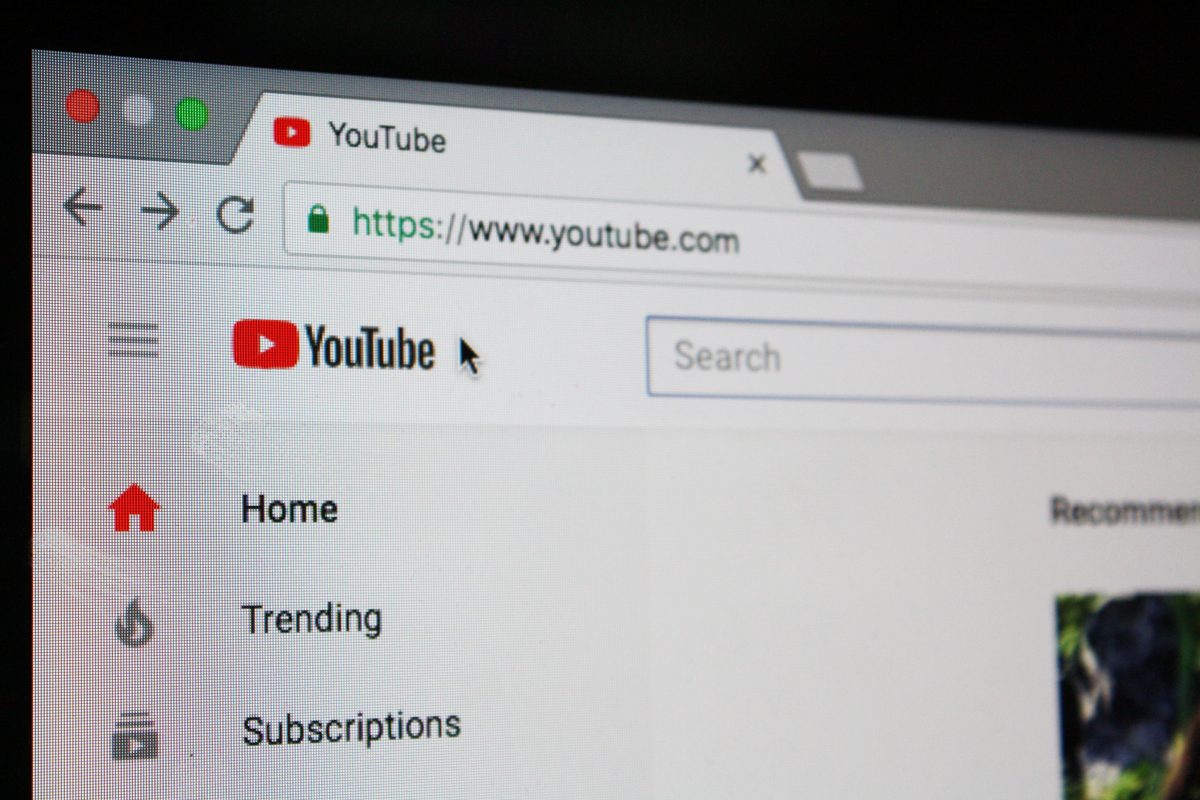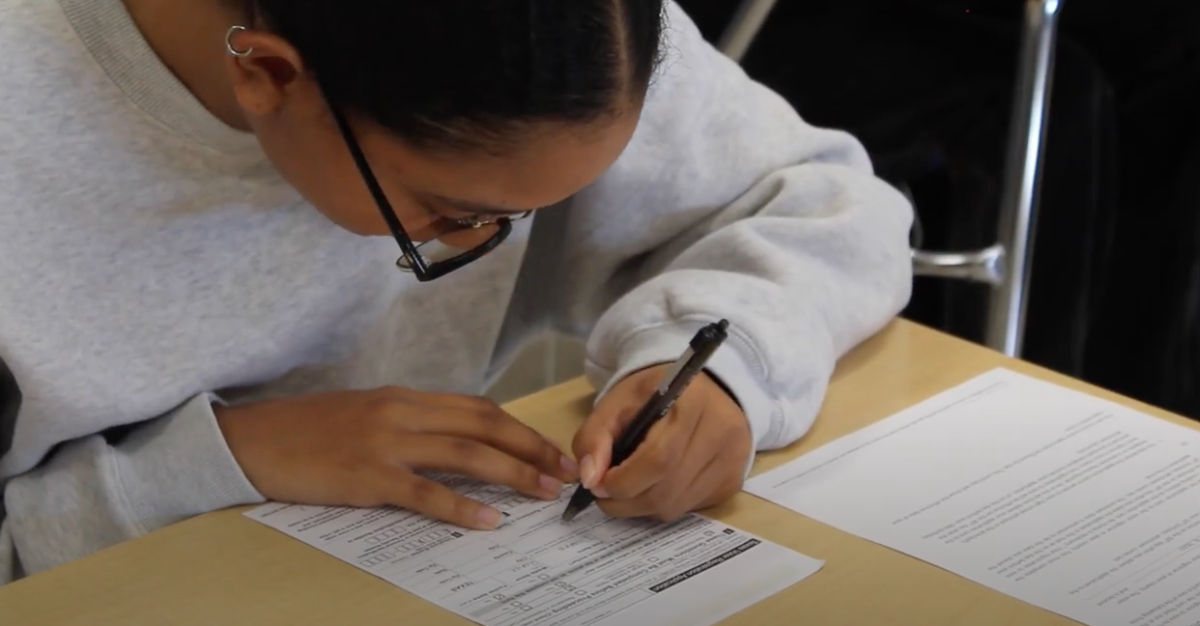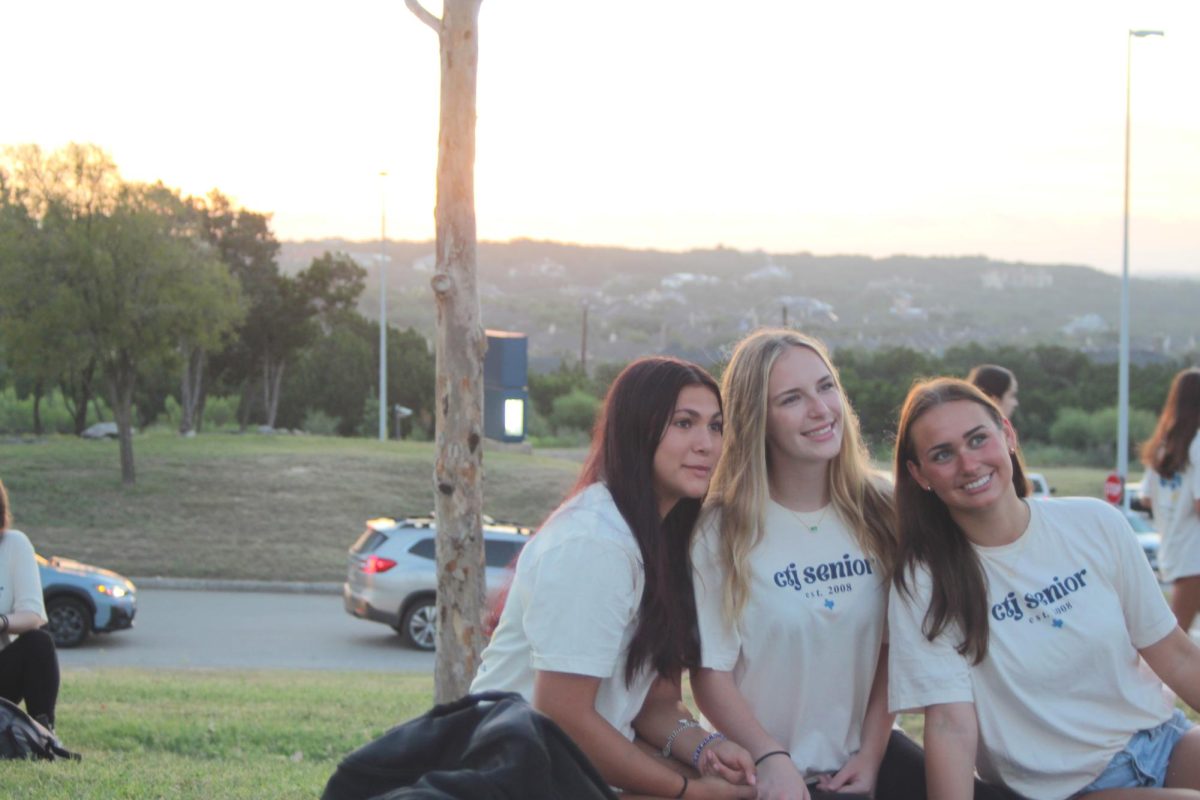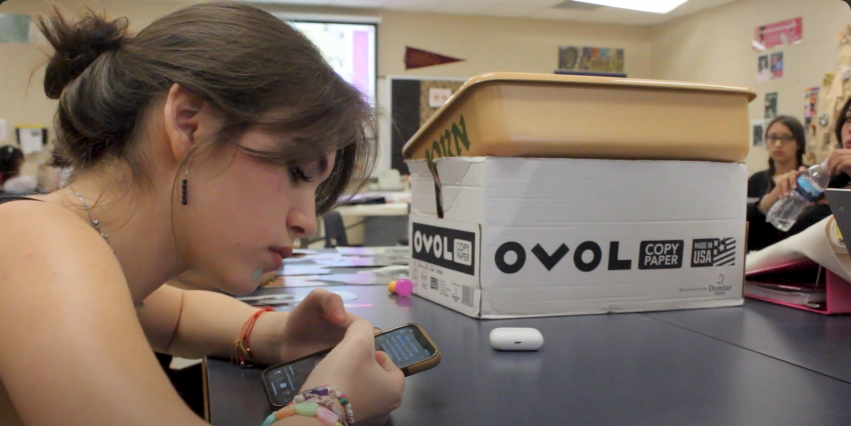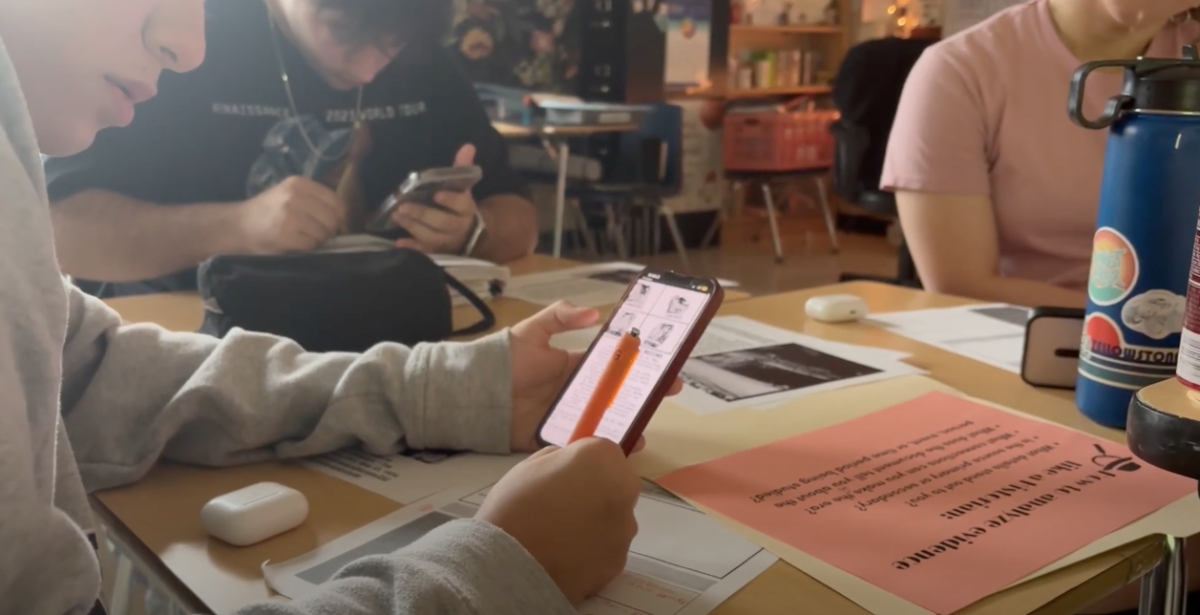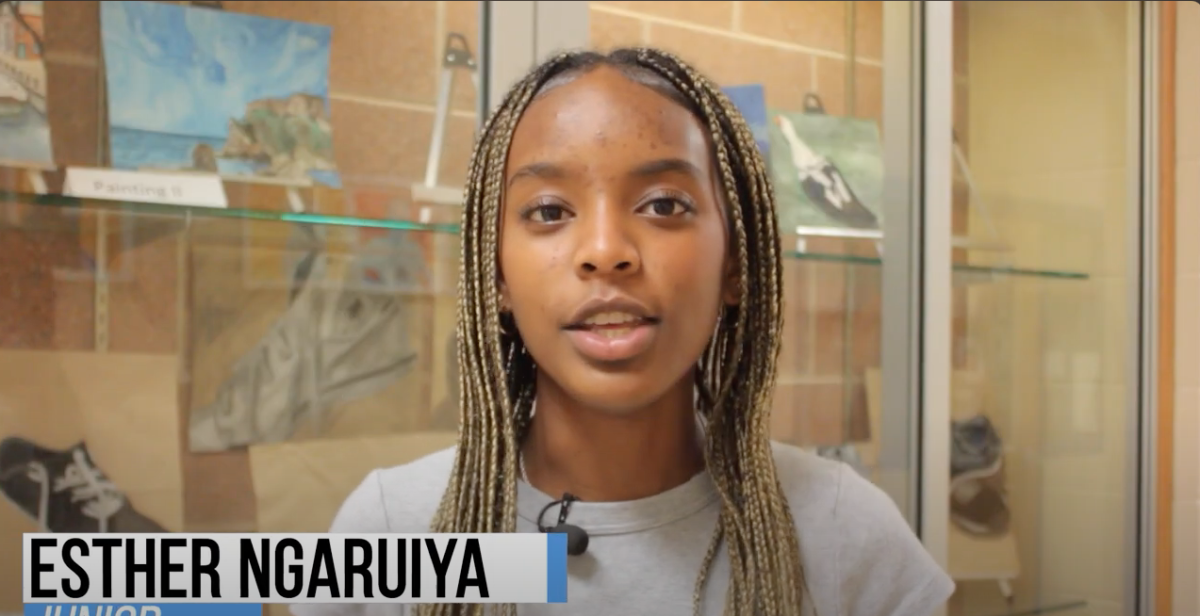by Lauren Loveless | staff writer
“Did we just find a dead body in the Japanese suicide forest?” Logan Paul said while his friends laughed in disbelief before proceeding to record the corpse, zooming in and commenting about the victim. Paul uploaded a video to Youtube featuring graphic content of a suicide victim. The video created widespread shock and started the gradual downfall of Paul’s channel.
Most people on the Internet, disregarding his very loyal fans, were outraged with this video and seemed to be unforgiving. Even famous celebrities like Aaron Paul and currently the most subscribed Youtuber PewDiePie criticized his actions harshly.
“Dear @LoganPaul, how dare you! You disgust me. I can’t believe so many young people look up to you. So sad. Hopefully this latest video woke them up.” Aaron Paul said angrily in a Twitter post.
Because of that video, Paul sparked controversy among the online community and brings an important topic into the light: when is the line drawn in uploading a Youtube video, or any video for that matter, regarding somehow inappropriate content?
In Youtube’s terms of service, it is stated that “These Terms of Service apply to all users of the Service, including users who are also contributors of Content on the Service,” meaning that users share the same punishments for similar offenses.
However, it’s not hard to see that Youtube has blatant favoritism towards certain content creators and “bends” the rules for them. In fact, during 2017 many Youtubers complained about their videos being demonetized while others seemed to have no problem at all.
A good example of this favoritism would be the way Youtube handled PewDiePie’s controversial mistake versus Logan Paul’s.
During the beginning of February in 2017, PewDiePie, also known as Felix Kjellberg, uploaded a video containing inappropriate content which the media considered anti-semitic. The video gained a large amount of attention which Youtube didn’t hesitate to jump on. During the span of five day, Youtube broke ties with Kjellberg and cancelled his Youtube Red show “Scare PewDiePie” which was to be released later in 2017.
“A lot of people loved the video, and a lot of people didn’t,” Kjellberg said. “And it’s almost like two generations of people arguing whether this is OK or not.”
Kjellberg’s viewers argued that this was too far, while others agreed with Youtube’s actions. However, it was not nearly as controversial as Logan Paul’s video which featured a dead body.
Although, Youtube seems to disagree. Instead of taking immediate action, Youtube waited a week to punish Paul and cut ties with the content creator while only postponing his Youtube Red shows. And on top of that, Youtube had sat silent through all the offensive stunts Paul previously pulled off, all whilst monetizing his videos and featuring him as one of the few cover faces of Youtube.
Therefore, the question of where the line is drawn is certainly vague. The amount of offensive content a Youtube creator can produce depends on how close their ties are with Youtube. However, Youtubers still need to remember that the content they upload in the end can get them in trouble, no matter how close they are with Youtube, or any online monetary machine.


